During Eid Al Adha, a time of deep cultural and religious significance in the UAE, Sheikh Hamdan Bin Mohammed Bin Rashid Al Maktoum, Crown Prince of Dubai, took a symbolic step that resonated across generations. In an unannounced public appearance, he boarded a traditional abra, Dubai’s historic wooden water taxi, to cross the legendary Dubai Creek. The journey, later shared on his Instagram account, not only captivated his 17 million followers but also served as a profound reminder of the city’s rich heritage and enduring cultural spirit.
Dubai, known for its ultramodern skyline, high-tech infrastructure, and ambitious futuristic projects, is also a city rooted in centuries of maritime and trading history. By choosing to ride an abra instead of a car or helicopter, Sheikh Hamdan offered a powerful and poetic message: embracing the future does not mean abandoning the past. His Eid Al Adha outing paid tribute to Dubai’s origins and celebrated the harmony between progress and tradition.
A Traditional Journey Across Dubai Creek
Sheikh Hamdan’s decision to take a ride on an abra across Dubai Creek was more than just a picturesque moment. The abra, long a staple of life along the creek, is one of the oldest and most iconic means of public transport in Dubai. Generations of residents have relied on these boats to travel between the city’s original neighborhoods of Deira and Bur Dubai, long before the rise of bridges, metro lines, and highways.
On this special day, Sheikh Hamdan stepped aboard a wooden abra and set off on a serene ride across the calm waters of Dubai Creek. The short but meaningful voyage offered a chance to reconnect with a way of life that predates the emirate’s transformation into a global metropolis. As the boat glided past the city’s historical shoreline, the Crown Prince was surrounded by traditional dhows, wind-tower houses, minarets, and bustling markets—a visual representation of the living heritage that still thrives beneath the modern skyline.
Filmed from the deck of the boat, his video captured not only the scenery but also the spirit of the city, where heritage and innovation exist side by side.
Discovering the Charm of Al Seef Market
Upon crossing the creek, Sheikh Hamdan arrived at Al Seef Market, a heritage destination developed to reflect the architecture, ambiance, and commercial vibrancy of Old Dubai. With its wind-tower buildings, cobbled walkways, and a harmonious blend of traditional and modern architecture, Al Seef Market is a celebration of the city’s cultural soul.
There, the Crown Prince strolled casually among the market stalls, engaging with local spice traders and sampling Emirati street food. Visitors were delighted to see him without entourage or fanfare, interacting warmly with vendors and shoppers. The authenticity of his presence, combined with the timeless charm of Al Seef, made the moment unforgettable for all who witnessed it.
Sheikh Hamdan’s exploration of the market highlighted his appreciation for community spaces that preserve Dubai’s identity. His presence in such an environment reinforced the message that Dubai’s heritage areas are not just for tourists—they are vital, living parts of the city’s daily life and culture.
Celebrating Culture Through Everyday Experiences
Eid Al Adha is a celebration of faith, sacrifice, and community. By choosing to mark this occasion through an abra ride and a visit to a traditional market, Sheikh Hamdan demonstrated that celebrating heritage can be both powerful and personal. His act of joining the public and immersing himself in the rhythm of the city served as a symbolic gesture of unity and respect for the UAE’s rich cultural fabric.
In a city known for luxury and innovation, his humble approach to Eid stood out. Sheikh Hamdan reminded residents that meaningful celebration does not require extravagance—it can be found in authentic, shared moments rooted in history and place. His walk among everyday citizens emphasized the value of being present, grounded, and connected.
The Crown Prince’s actions also aligned with Dubai’s vision of sustainable tourism, which includes encouraging residents and visitors to engage with the emirate’s cultural districts and heritage locations.
Reinforcing Dubai’s Vision: Heritage and Innovation Hand-in-Hand
As one of the key architects behind Dubai’s long-term development strategy, Sheikh Hamdan plays a vital role in shaping the city’s transport, sustainability, and smart infrastructure policies. He has been a vocal supporter of groundbreaking projects such as flying taxis, autonomous vehicles, and hyperloop travel. Yet his Eid Al Adha outing made it clear that these technological advancements are not intended to replace history, but to exist in balance with it.
The abra ride illustrated the Crown Prince’s belief that progress must be anchored in identity. It was a statement that Dubai’s transformation should never come at the cost of its soul. From the restoration of historic neighborhoods to the promotion of Emirati arts and crafts, the city’s development plan includes strong cultural preservation components, and Sheikh Hamdan’s appearance during Eid symbolized that commitment.
Such gestures also contribute to national pride, encouraging citizens and residents alike to engage with their surroundings in more meaningful ways.
Sheikh Hamdan: A Public Figure with a Personal Touch
Sheikh Hamdan is widely known not just for his official titles but for his adventurous and approachable personality. His public image is shaped through his active lifestyle, love for animals, and dedication to photography and travel. He frequently shares his experiences on Instagram, giving followers insight into both his leadership and his life outside formal responsibilities.
His social media platform is filled with snapshots from his hiking expeditions, diving trips, horseback riding, skydiving sessions, and helicopter flights. These moments have endeared him to millions, particularly among the youth, who see him as a relatable figure who balances duty with passion.
The Crown Prince’s Eid video exemplifies the storytelling tone that defines his public persona. He doesn’t simply appear at ribbon-cutting ceremonies or state events—he walks the markets, rides the abras, and shares those moments with genuine enthusiasm. His Instagram bio, “Every picture has a story and every story has a moment that I’d love to share with you,” perfectly captures his approach to leadership and life.
The Public’s Reaction and Social Media Buzz
Unsurprisingly, Sheikh Hamdan’s video went viral across platforms. Comments poured in, expressing admiration, appreciation, and heartfelt emotion. Users from all backgrounds praised his humility, with many noting how powerful it was to see their leader using public transport and interacting with people like a regular citizen.
Comments such as “This is real leadership” and “Dubai is lucky to have such a grounded Crown Prince” flooded the Instagram post, reinforcing the deep connection the public feels toward him. His ability to bridge high office with human connection has become one of the defining features of his public identity.
The fact that he chose a moment as meaningful as Eid Al Adha to make such a symbolic appearance further amplified its resonance.
Honoring Dubai’s Identity Through Action
Sheikh Hamdan’s abra ride during Eid Al Adha was more than a casual outing—it was a powerful tribute to Dubai’s roots. It underscored the importance of preserving cultural landmarks, supporting community spaces, and honoring the daily life of citizens. By embracing a form of transport that predates Dubai’s urbanization, he reaffirmed the value of tradition in a rapidly evolving city.
His journey sent a message of inclusivity, respect, and continuity. It encouraged the people of Dubai to revisit their history and embrace the cultural symbols that shaped the emirate’s success. Through one simple ride across a historic waterway, Sheikh Hamdan bridged generations, united the past with the future, and turned a festive holiday into a living celebration of identity.


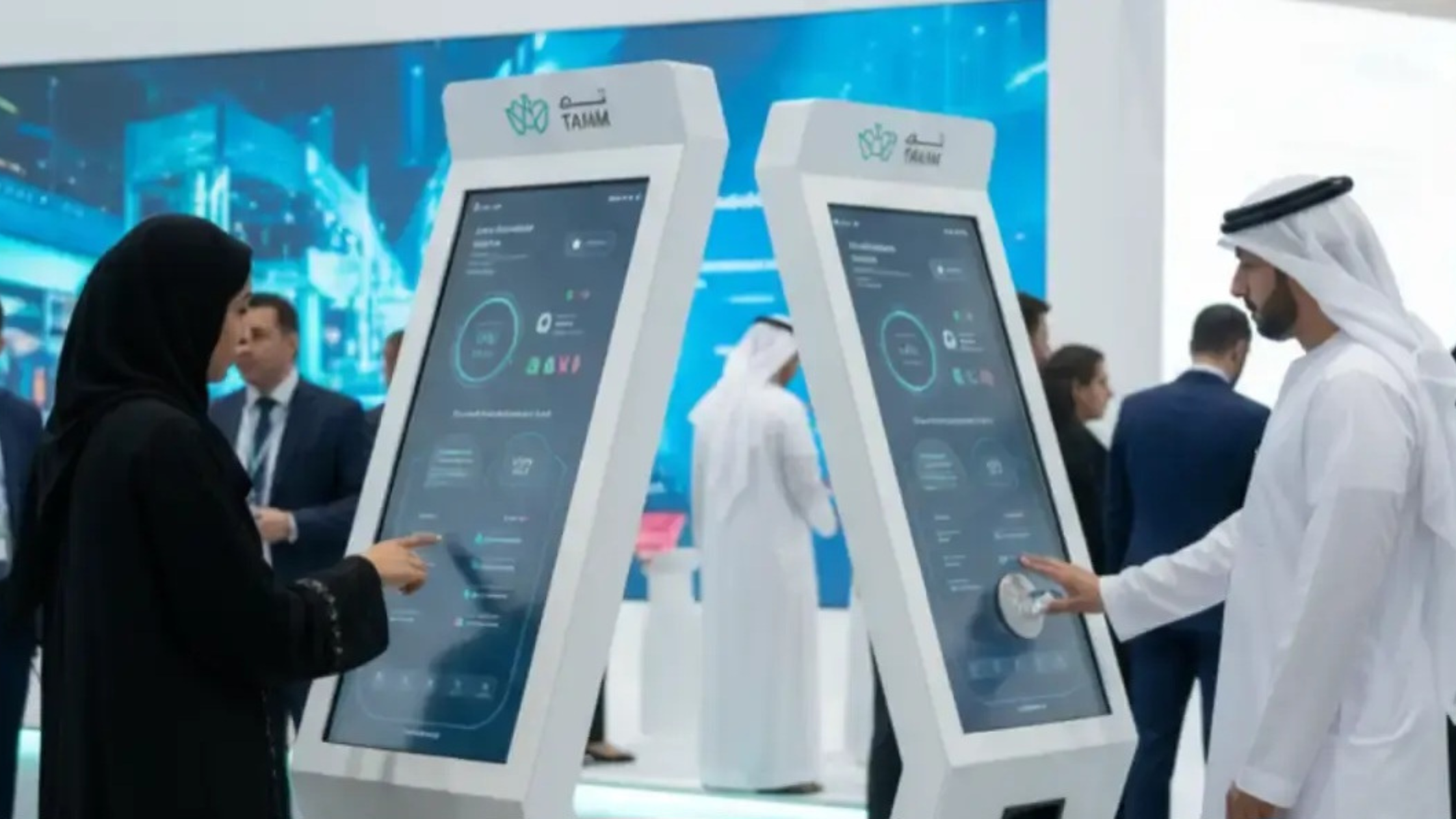
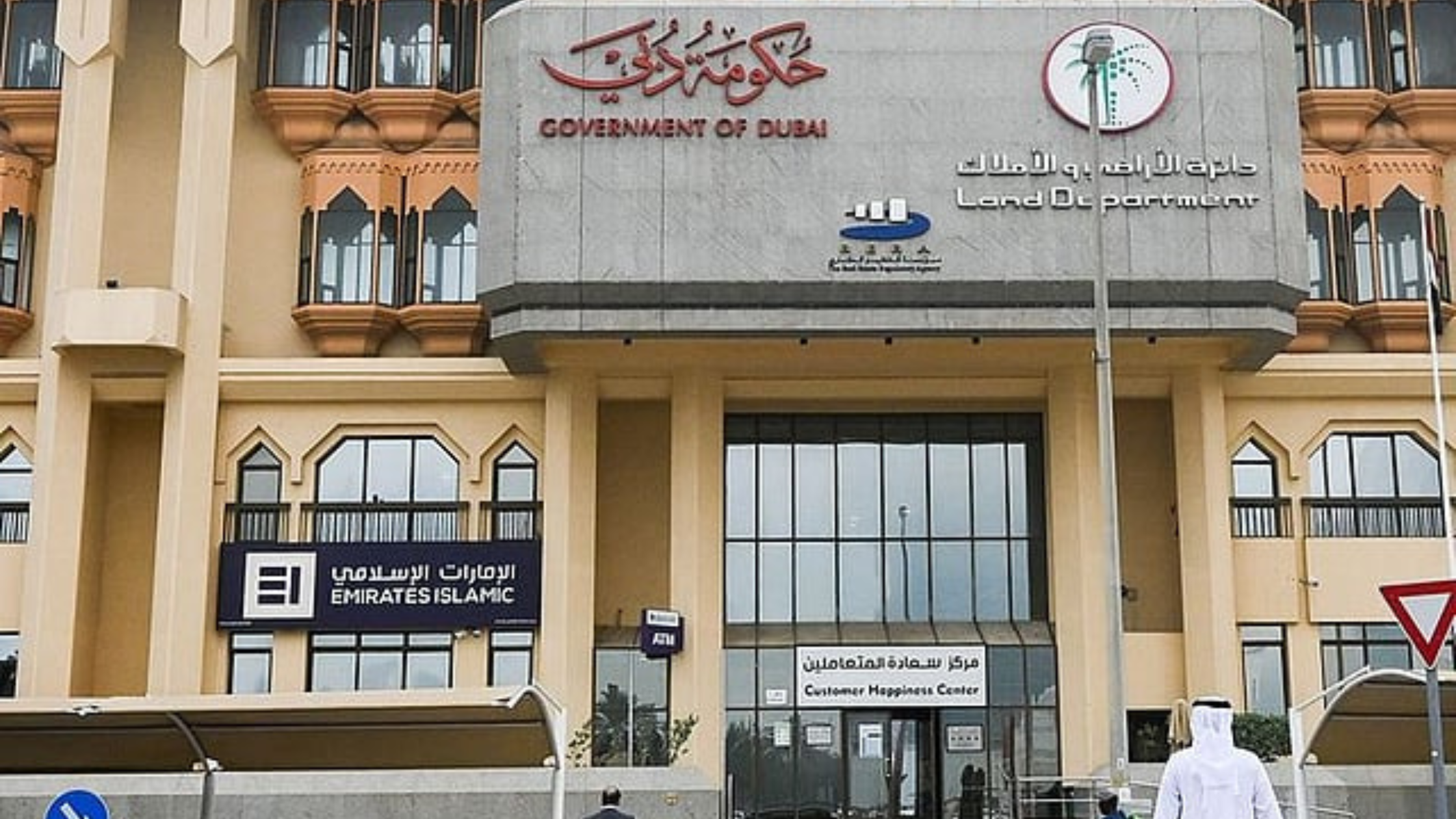
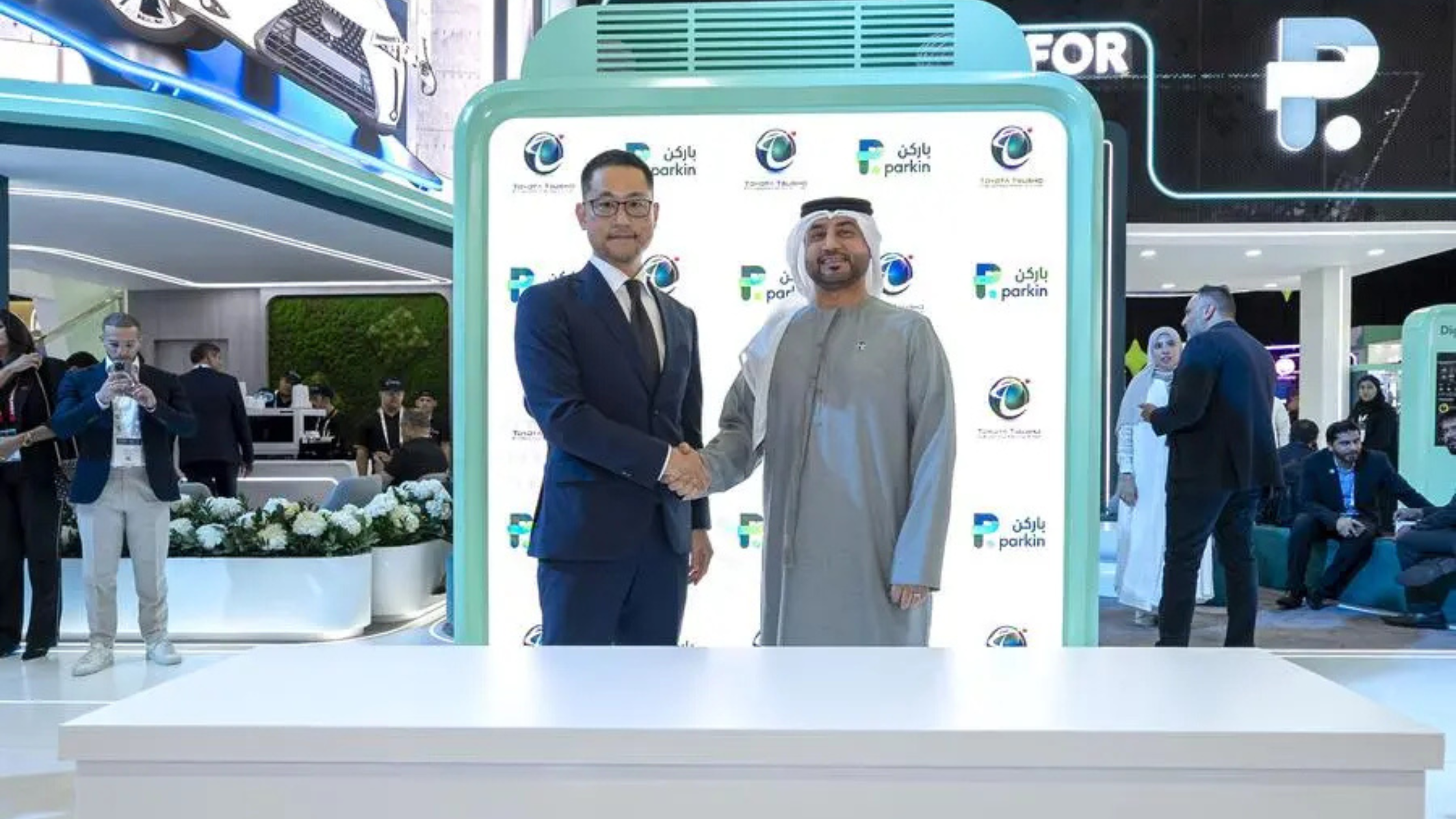


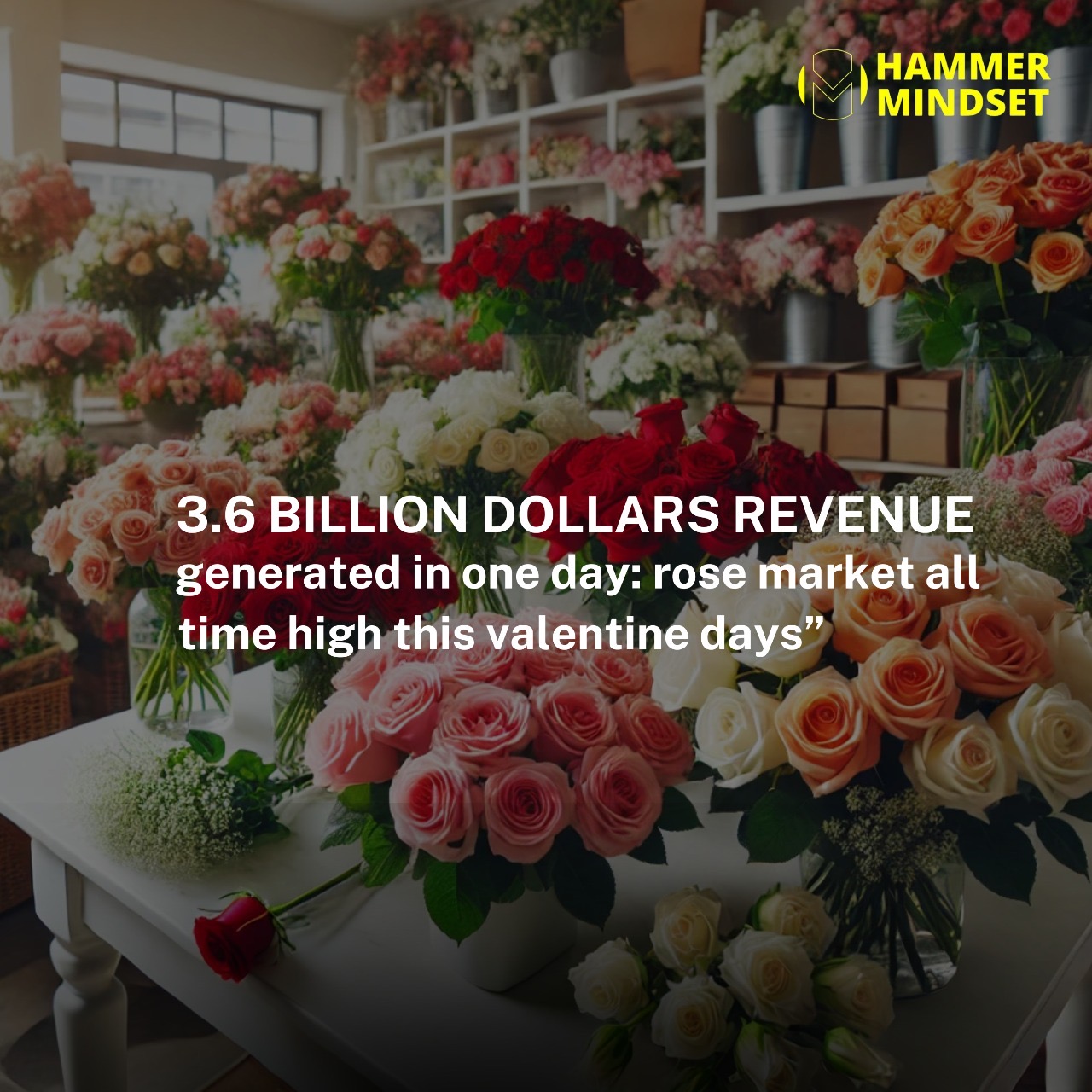
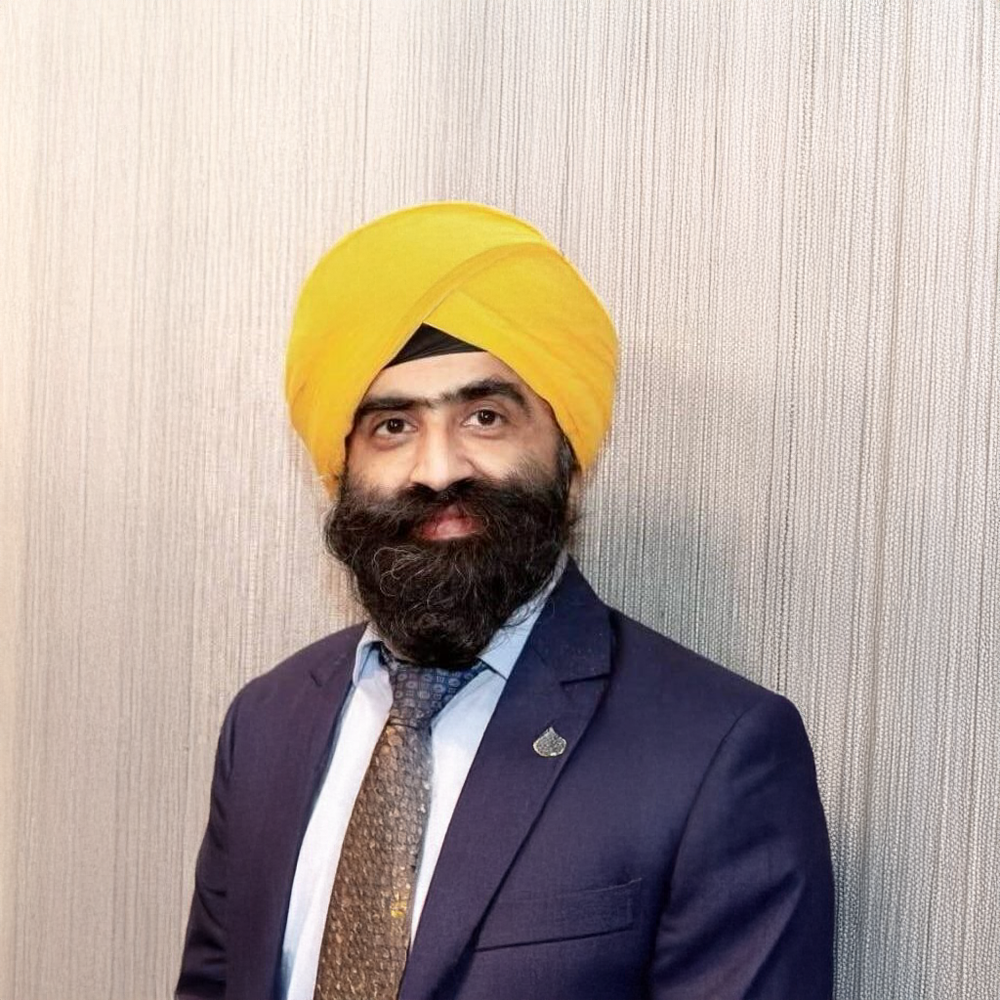
1 Comment
[…] Dubai has officially approved the creation of the Dubai Orchestra, a transformative cultural initiative aimed at enriching the emirate’s artistic landscape. The move was made under the directives of Sheikh Hamdan Bin Mohammed Bin Rashid Al Maktoum, Crown Prince of Dubai, Deputy Prime Minister, Minister of Defence, and Chairman of The Executive Council of Dubai. The Dubai Orchestra seeks to highlight the city’s dedication to cultural innovation and creative development, aligning with its broader strategy to be a global cultural powerhouse. […]
Comments are closed.